|
Pharmacology - Bromocriptine
Bromocriptine is an anti-parkinsonian medication. Inhibits the pituitary gland's ability to secrete prolactin. Method of Operation It is possible to counteract the reduction of dopaminergic transmission by activating D2 receptors on striatal neurones. It is possible that actions on D1 receptors have a significant role in alleviating the symptoms of the condition that are not related with Parkinson's disease. The half-life of dopamine agonists is longer than that of levodopa, and thus offer a more constant response to the symptoms they treat. Two hours for bromocriptine, twelve hours for pramipexole, and six hours for ropinirole. Use in Clinical Settings Applied on their own or as adjuvants to levodopa treatment in Parkinson's disease. In the early phases, before the administration of levodopa, it is frequently utilized. The effect that bromocriptine has on the secretion of prolactin is utilized in the treatment of amenorrhea and acromegaly. Effects That Are Bad Enhanced hallucinations and drowsiness (in comparison to levodopa symptoms). Postural hypotension is caused by. The risk of dyskinesias is lower than it is with levodopa. It is extremely uncommon for bromocriptine and other ergot derivatives to elicit fibrotic responses.
0 Comments
Pharmacology - Selegiline
Selegiline, an antiparkinsonian medication Method of Operation The isozyme MAOB, which has dopamine as its preferred substrate, is inhibited in a selective and irreversible manner. the action of endogenous dopamine as well as dopamine that is produced from levodopa that has been supplied is amplified. Oral administration (with a low bioavailability), administered at a time interval of half an hour. Rasagiline is a medication.The half life is three hours. Use in Clinical Settings Adjunct to levodopa and carbidopa in Parkinson's disease, as the effects of these medications tend to diminish. Due to the irreversible nature of MAO inhibition, the effects of the medicine are prolonged for several days. Moreover, it is authorized for serious depression. Effects That Are Bad Nausea, dyskinesia, depression, sleeplessness, postural hypotension, hallucinations, and confusion are the adverse effects that are mostly caused by the enhanced action of levodopa when its use is combined with other medications. Spare MAOA is the type of MAO inhibitor that is less likely to cause the "cheese reaction" when administered at clinical levels than non-selective MAO inhibitors. It is possible for tricyclic and SSRI antidepressants to have severe interactions with one another. Pharmacology - Entacapone
It works in conjunction with the anti-parkinsonian effects of levodopa and carbidopa medications. This compound enhances the effects of catecholamines. Method of Operation The reversible inhibition of COMT in the periphery lowers the breakdown of levodopa (similar to peripheral dopa decarboxylase inhibitors), which enables a greater quantity of levodopa to enter the brain. Oral admin. Due to its short half life of one hour, daily dosing must be performed multiple times. Use in Clinical Settings When used in conjunction with levodopa or carbidopa therapy, particularly for patients exhibiting symptoms of "end of dose" impairment. In and of itself, there is no anti-Parkinsonian effect. Adverse Effects When levodopa and carbidopa are taken together, the undesirable effects of both medications are exacerbated. Symptoms include dyskinesia, nausea, and diarrhea. Postural hypotension is caused by. There are hallucinations. Anxiety and a tendency to sleep. Pharmacology - Levodopa / Carbidopa
Carbidopa and Levodopa are both anti-parkinsonian medications. Method of Operation The conversion of levodopa to dopamine through decarboxylation brings back part of the activity in the nigrostriatal pathway. Carbidopa is able to prevent the decarboxylation of levodopa outside of the brain, which enables the use of lower doses and reduces the peripheral adverse effects of dopamine, such as postural hypotension. Oral admin. The drug levodopa When combined with carbidopa, the half-life will be between one and two hours. Use in Clinical Settings Parkinson's disease treatment is based on this fundamental factor. The administration of levodopa typically involves the use of a peripheral DOPA decarboxylase inhibitor. The treatment is more effective against stiffness and akinesia than it is against tremor. In a period ranging from a few months to a few years, effectiveness decreases. Adverse Effects Anorexia, nausea, and vomiting are all symptoms. Postural hypotension is caused by. Syndrome similar to schizophrenia that is acute. Confusion, anxiety, disorientation, and insomnia or nightmares are all symptoms of this condition. Dyskinesia, which occurs in the majority of patients after two years, and 'on-off' effects, which are characterized by fast swings between dyskinesia and hypokinesia/rigidity, are the consequences that develop more slowly. Pharmacology - Sildenafil
Expression of Sildenafil Facilitates relaxation of the smooth muscle of the copora cavernosa that is non-vascular. After that, blood flows into the cavenosa sinuses at a pressure that is nearly equivalent to that of the arterial blood, which causes the penis to enlarge and become erected. Method of Operation Phosphodiesterase type V, an enzyme that ordinarily does the conversion of cGMP to 5'-GMP, is inhibited by this substance. A higher concentration of cGMP is produced as a result of this, which suppresses the contractile processes of the muscle, so allowing for relaxation.When taken orally, the peak effect comes between thirty and one hundred and twenty minutes later. To treat erectile dysfunction in clinical settings. Allergies and Reactions A decrease in blood pressure, headache, and flushing are some of the side effects that might occur as a result of the drug's activity on other peripheral vascular beds. Pharmacology - Finasteride
Interaction of Finasteride Finasteride is able to inhibit the 5 alpha-reductase enzyme, which is responsible for the conversion of testosterone to dihydrotestosterone. Dihydrotestosterone has a higher affinity for the androgen receptor than the parent molecule. As an androgen-receptor antagonist, flutamide is a hormonal agent. When taken orally, the half-life is approximately seven hours. Use in Clinical Settings Prostatic hyperplasia that is not harmful (however it is important to remember that alpha-adrenoceptor blockers are more effective). In the treatment of prostate cancer, flutamide is utilized. Negative consequences Low libido and erectile dysfunction as symptoms. Pharmacology - Testosterone
The Action of Testosterone The effects of this substance are identical to those of endogenous testosterone; however, the effects will vary depending on the age patient. Method of Operation The hormone is converted into dihydrotestosterone, which enters cells and interacts with nuclear receptors to initiate transcription of some genes (which ultimately leads to DNA-directed RNA and protein synthesis) while simultaneously suppressing the expression of other genes. It is possible to administer the medication orally, buccally, intramuscularly, or transdermally. Hypogonadism is treated with replacement treatment in clinical settings. Adverse Effects A gradual decline in gonadotrophin secretion, which ultimately leads to infertility; oedema as a result of the retention of salt and excessive water. Pharmacology - Atosiban
Atosiban Action inhibits the contractions of the uterine that are caused by oxytocin in pregnant women. Method of Operation This causes relaxation by inhibiting the effect of oxytocin on the oxytocin receptors that are found on the smooth muscle of the uterus.Administered through intravenous injection. For clinical use to postpone labor that is premature. Effects That Are Bad GIT disturbances, tachycardia, hypotension, headache, and dizziness are all medical symptoms. Pharmacology - Ritodrine
Ritodrine's action inhibits contractions of the pregnant uterus that are caused by oxytocin as well as those that occur spontaneously. The mode of action involves activating beta-adrenoceptors on the smooth muscle of the uterus, which results in relaxation. Use in clinical settings to postpone labor that is premature. Allergies and Reactions Headaches, dysrhythmias, vasodilation, and hypersensitivity reactions are all symptoms of gastrointestinal disruptions. Pharmacology - Carboprost
The action of carboprost The uterus of a pregnant woman experiences coordinated contractions, and the cervix is relaxed as a result. This mechanism of action involves activating PGF 2-alpha (FP) receptors on the smooth muscle of the uterus. Through a deep intramuscular injection to the patient. dinoprostone (PGE2) is administered intravaginally with the purpose of enhancing or inducing labor. A pessary version of gemeprost, which is an analogue of PGE1, is utilized for the purpose of medically inducing abortions. Use in Clinical Settings For the treatment of postpartum hemorrhage that does not respond to oxytocin or ergometrine medications. Effects That Are Bad GIT problems, bronchospasm, and fever are all symptoms. In some cases, headaches, dizziness, and high blood pressure. Abs/Distrb/Eliminants Through a deep intramuscular injection to the patient. |
Kembara XtraFacts about medicine and its subtopic such as anatomy, physiology, biochemistry, pharmacology, medicine, pediatrics, psychiatry, obstetrics and gynecology and surgery. Categories
All
|
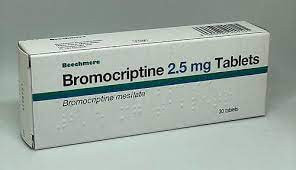


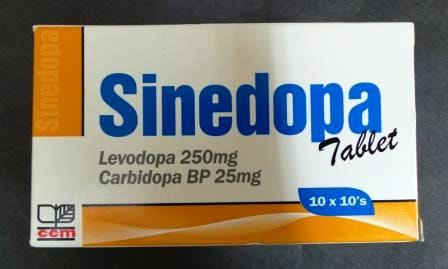
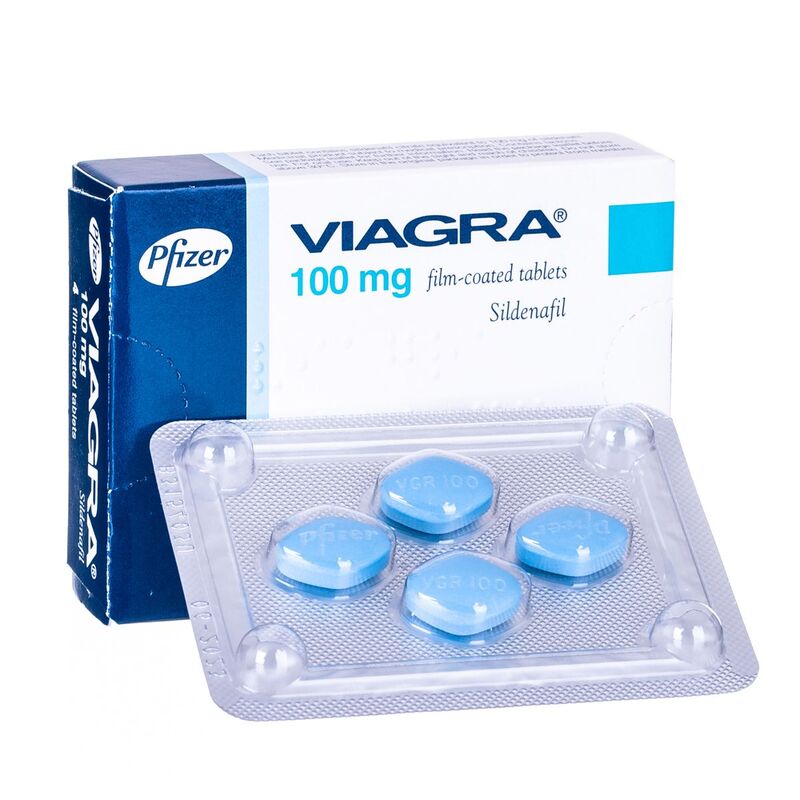


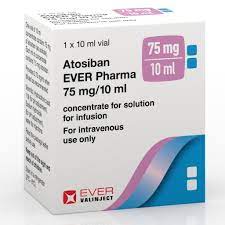
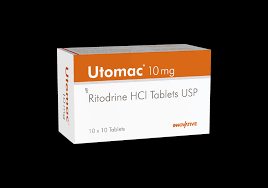
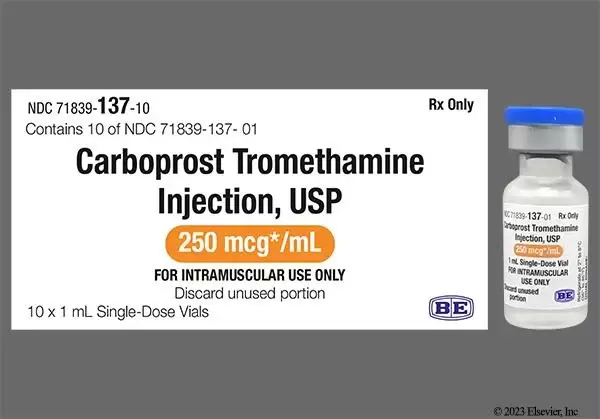

 RSS Feed
RSS Feed
